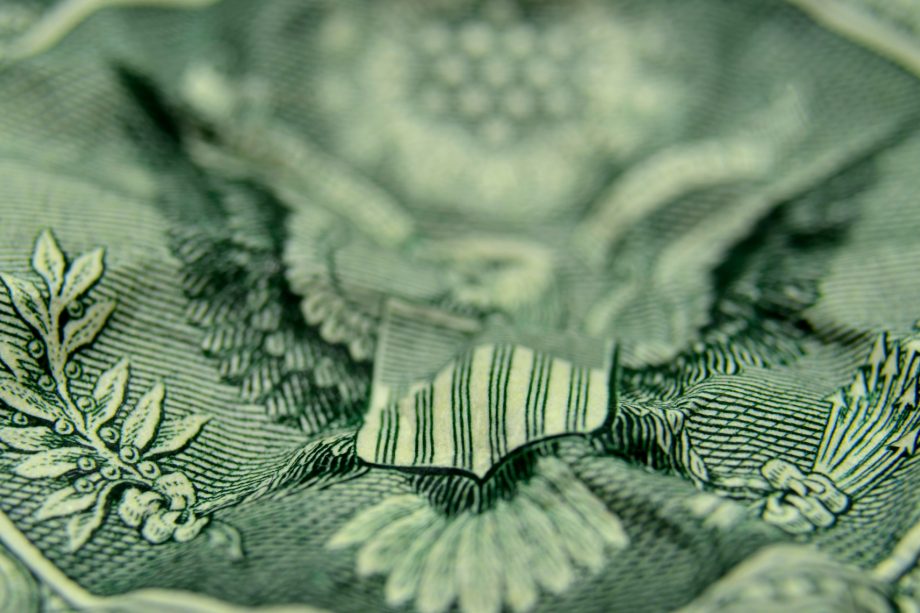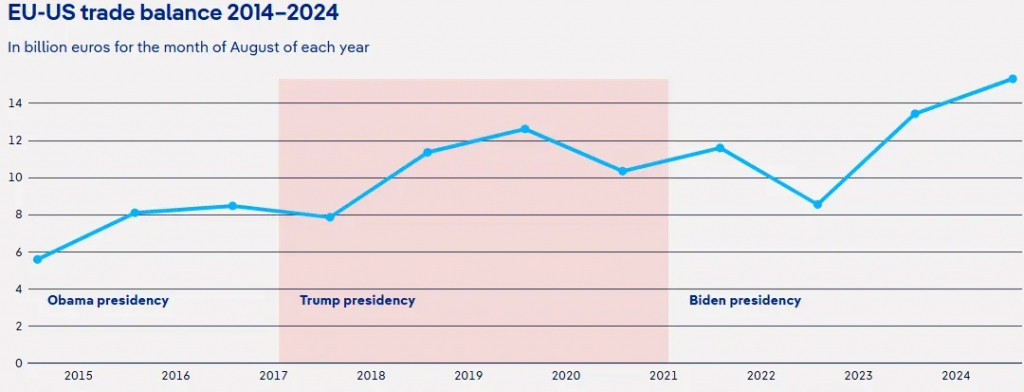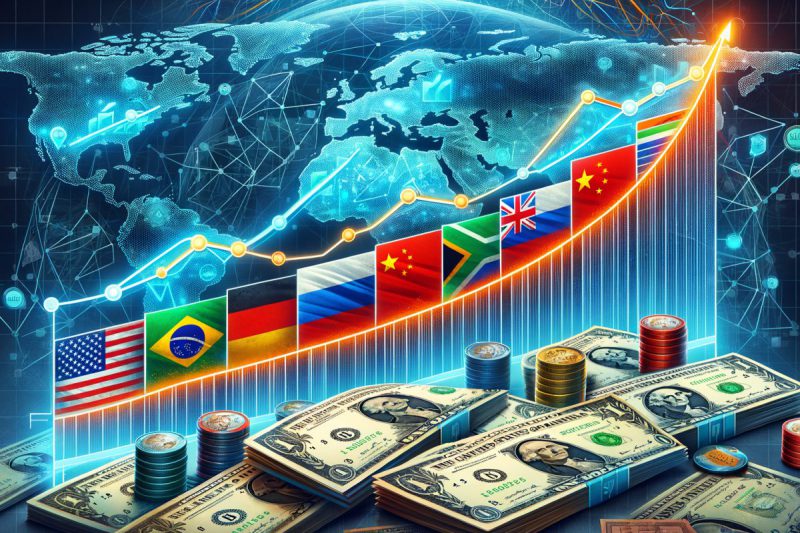De-dollarization has become necessary as strong dollar risks create mounting pressure across global markets. The US dollar recently hit a three-year low, and it’s dropped more than 9% since January alone, while Trump-China trade tensions are also intensifying what many experts call a currency war in 2025. This financial instability is forcing nations to actively reduce their dollar dependence, and the US dollar global impact is becoming a serious concern that threatens America’s long-standing monetary dominance.
Also Read: De-Dollarization Gains Momentum: 50+ Countries Abandon US Dollar Dominance
Why De-Dollarization Is Accelerating Amid Strong Dollar Pressure


BRICS Nations Lead Dollar Alternatives
The risks of maintaining a strong dollar are becoming clear as BRICS nations lead the charge toward dollar alternatives. Russia eliminated the US dollar from its National Wealth Fund back in 2021, and China has also launched yuan-denominated oil futures, creating what’s known as the petroyuan system that directly challenges the traditional petrodollar setup. Even more, 50 nations now use yuan, rupee, ruble, and not only for oil and defense trade through BRICS partnerships.
Andy Schectman, president of Miles Franklin, was clear about the fact that:
“The rallying cry that’s pulling all of this together is the weaponization of the dollar, and I would also argue the fact that we signed an executive order to go green… We have in essence told the Saudi kingdom and OPEC, who gives us the dollar hegemony by pricing oil in dollars, that we’re going to go green pretty soon.”
Central Banks Abandon Dollar for Gold
Central banks worldwide are abandoning the dollar for gold at unprecedented rates, and they’ve been purchasing more gold than any time since records began in 1950. Countries such as China, Russia, and India are stockpiling gold reserves to hedge against financial instability and geopolitical risks that come with dollar exposure.
Frank Giustra, co-chair of the International Crisis Group, believes that some form of de-dollarization appears inevitable, particularly after the sanctions against Russia that prompted many countries to reconsider their dollar dependency. The US dollar global impact is being questioned more than ever before.
Trump’s Weakening Strategy Backfires
Trump’s strategy to weaken the dollar is actually backfiring and creating more instability right now. His proposed “Mar-a-Lago Accord” aims to force other countries to help weaken the dollar, but this approach is facing significant resistance.

David Lubin, senior research fellow at Chatham House, explained the basic mechanics:
“When the dollar is strong, US imports rise because foreign goods become cheap relative to domestically produced goods. At the same time, US exports fall as they become more expensive.”
Anthony Abrahamian from Rothschild & Co Wealth Management warned that Trump’s approach creates problems, noting that policymakers and finance ministers alike will likely meet such an accord today with resistance.
The ongoing currency battles have created what Wall Street is calling the “Sell America” trade, and US stocks have been underperforming as these Trump-China trade tensions continue to escalate.
Market Chaos and Future Risks
Former Treasury Secretary Janet Yellen described the recent market patterns as “very unusual,” and she suggested that international investors are questioning Treasury debt’s foundational role amid this growing financial instability.
When the dollar strengthens, American products become more expensive for foreign buyers, which reduces demand and market share abroad. This hurts exporters and also impacts domestic companies’ foreign operations significantly. Large technology companies and industrial manufacturers are particularly vulnerable since they derive much of their revenue from overseas markets.
For example, if a company earns ¥10 billion in Japan, it will book $62.5 million in profits when the dollar trades at 160 USD/JPY. But if the dollar strengthens to 170 USD/JPY, it would yield just $58.8 million – a direct hit to corporate earnings that shows why strong dollar risks matter for investors.
Still Dollarising At An Alarming Rate
Despite these steps towards dollar dissociation, Bank of America analysts think that the world is actually dollarising at an alarming pace as indicated by the growing nonbank financial intermediaries.
Also Read: China’s De-Dollarization Crusade: Yuan Is Stealing USD’s Crown
Alfonso Peccatiello, who founded Macro Compass, warned about the history precedent. Historically, huge geopolitical strains, or in simpler terms, wars, have always followed the changes of the global reserve currency, as a rule. The rapidly increasing tempo of the de-dollarization demand, the rising likelihood of a towering dollar, trade-war relationships with China in the offing, and the onrush of the currency-war whirlwind in 2025, are blending to create financial volatility that has not been seen before.
This situation threatens the dollar’s reserve status while also raising the possibility of triggering broader global economic disruption in the months ahead.





